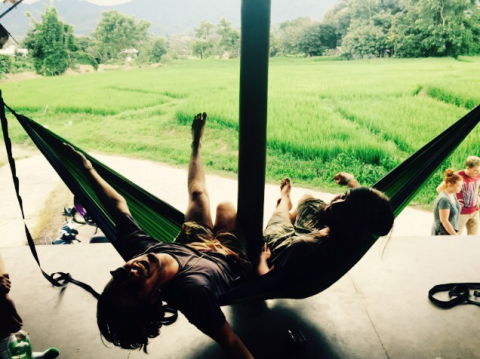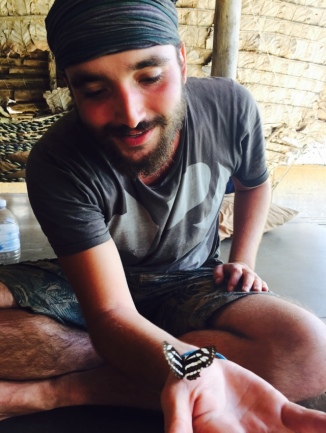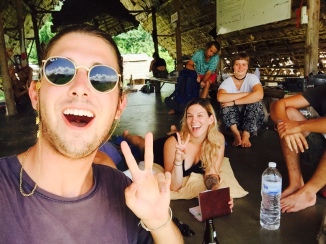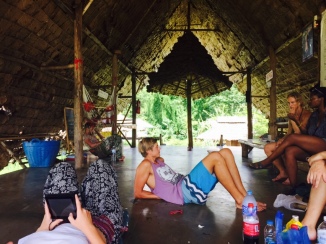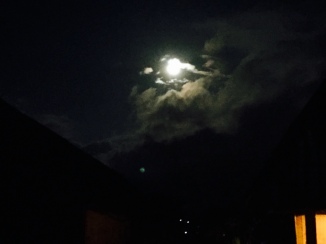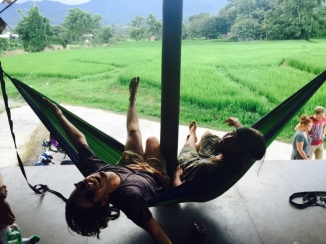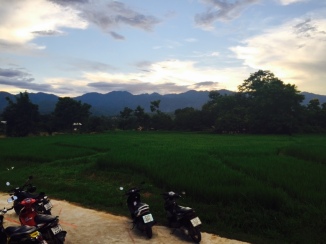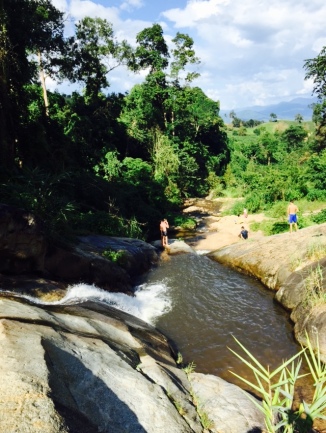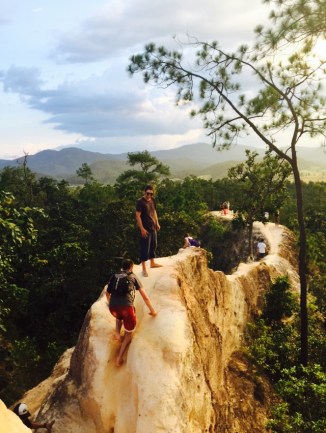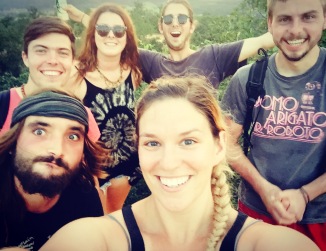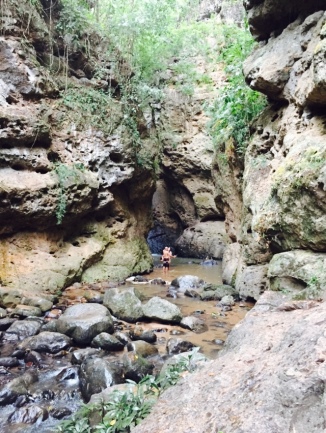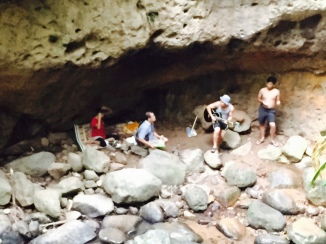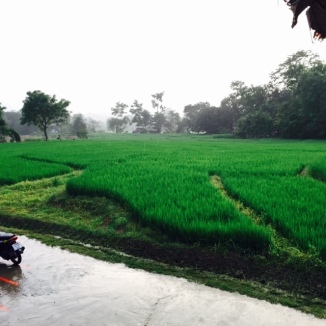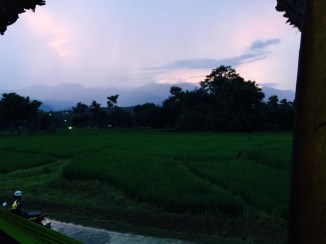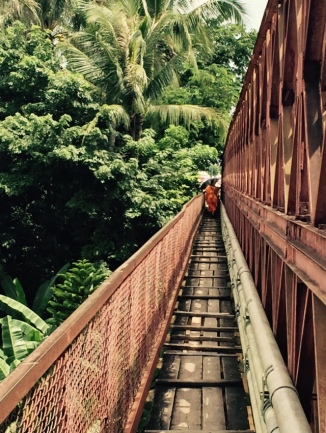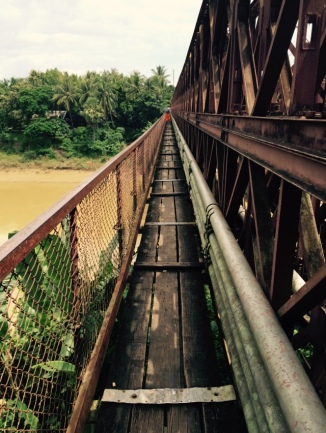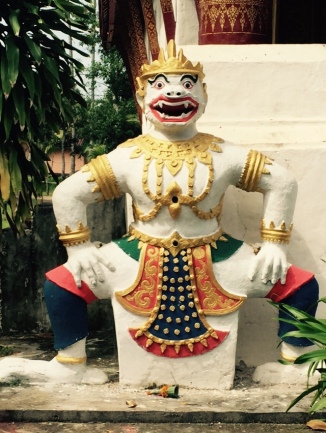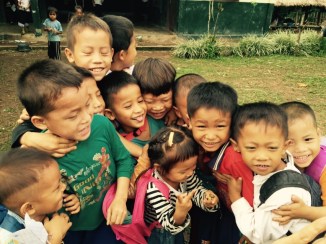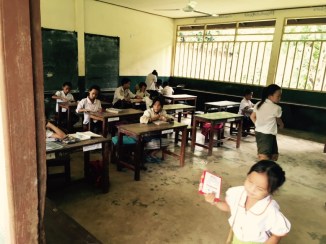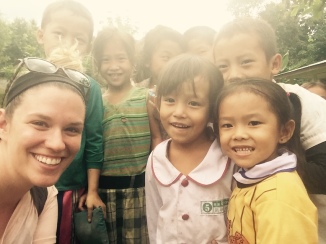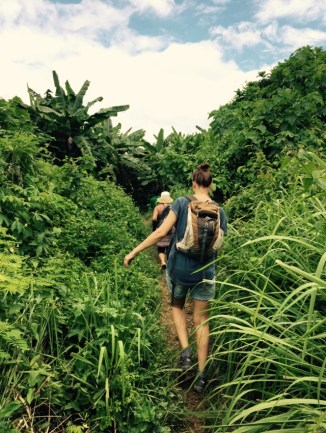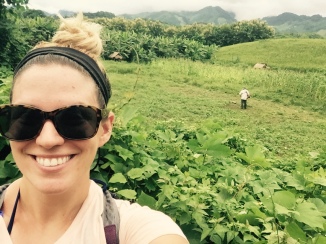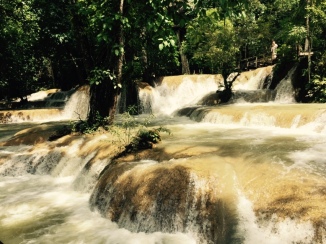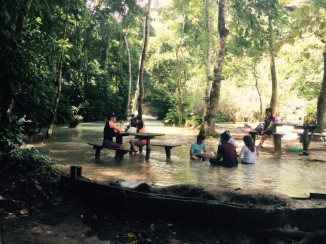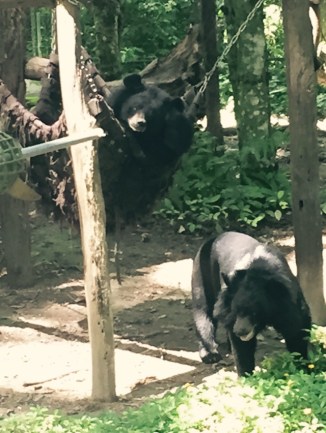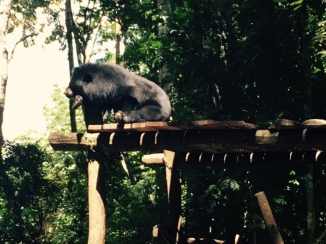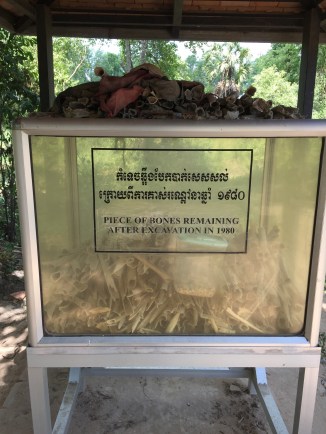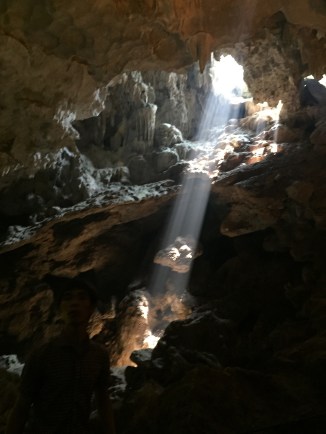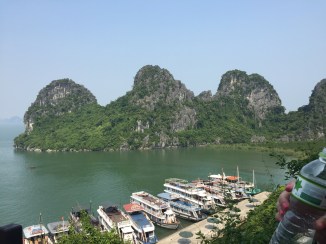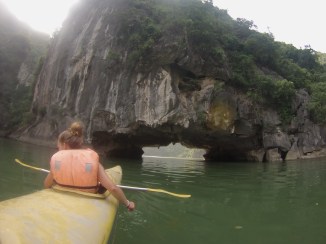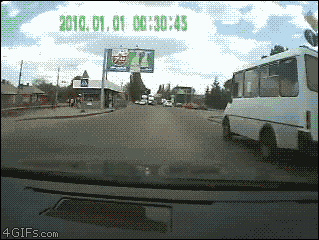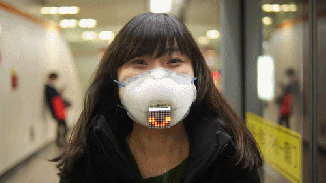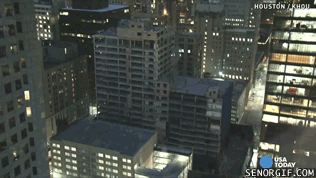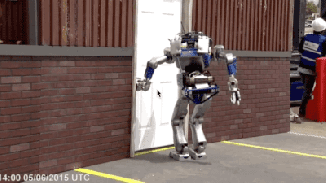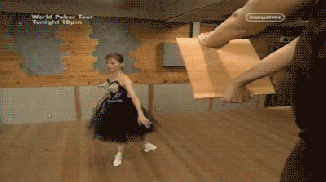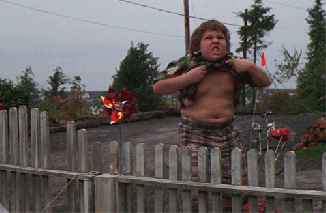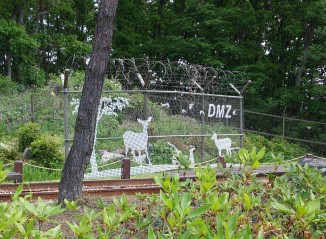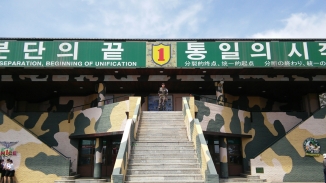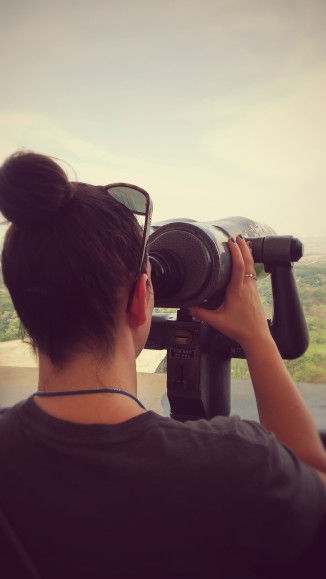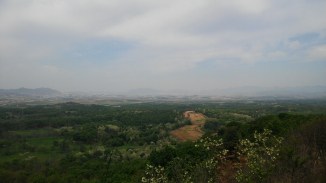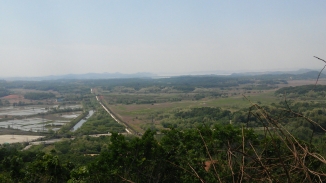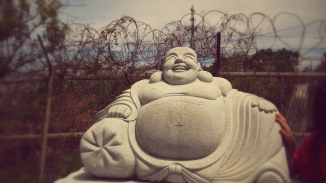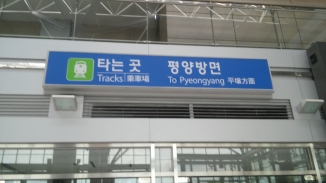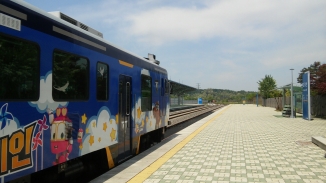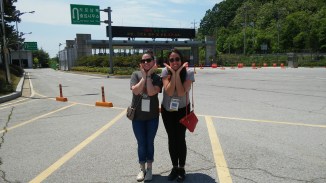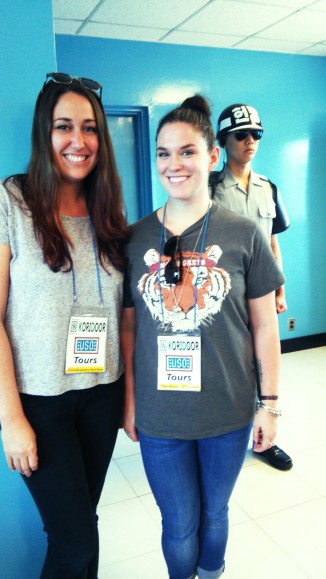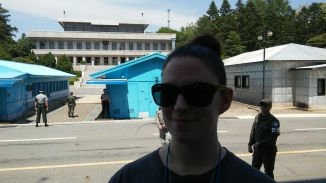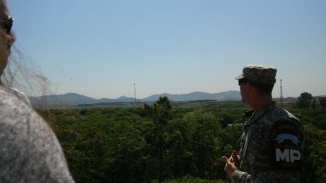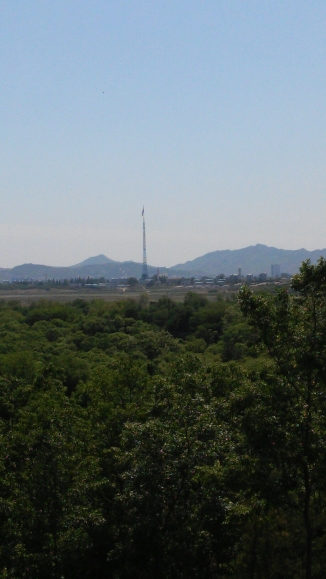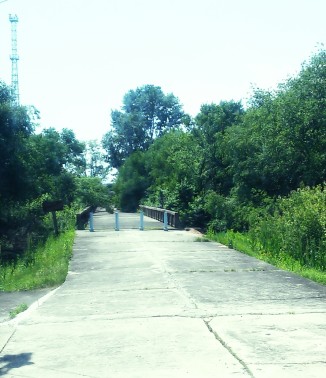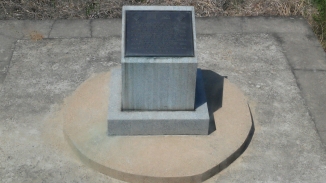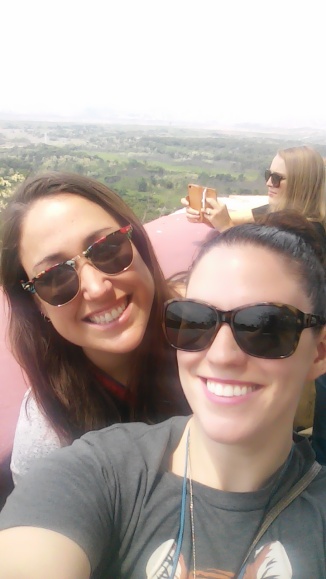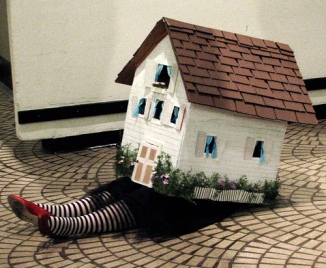 There really is no greater feeling than being with loved ones for the holidays you hold close to your heart–especially after experiencing them far away. It’s not so much excitement as it is comfort because, no matter how long you’re away, nothing changes. Nothing changes, yet everything is different. How cliche, right? Ok, fine, if I’m really being honest, coming home has been the one of the loneliest times of my life.
There really is no greater feeling than being with loved ones for the holidays you hold close to your heart–especially after experiencing them far away. It’s not so much excitement as it is comfort because, no matter how long you’re away, nothing changes. Nothing changes, yet everything is different. How cliche, right? Ok, fine, if I’m really being honest, coming home has been the one of the loneliest times of my life.
I happen to think traveling can be unbelievably lonely. You interact with people in the same superficial manner every day, and few conversations venture outside of backpacker pleasantries. You get used to not being touched–including, but not limited to, kisses, hugs, cuddles, and pats on the back–to the point where a friendly stranger’s passing graze makes you jump a little bit. Everyone is at least held at arm’s length, and the few that penetrate the fortress of pleasantries to really get to know you are far between. And for however long you are with them, they’re you’re family. They give you the physical and emotional reassurance you crave when you’re alone in a foreign country.
I kind of thought coming home would be a little like that. All the things that people didn’t know about me before I started traveling are standard stories and personality traits/quirks all too familiar to my friends and family at home. Just a few weeks ago a girl told me she could never imagine me as a brunette, and yet each person I see these days almost immediately opens up with: “Oh my God, you’re BLONDE!” Which is just funny. Two totally different perspectives on my life that have little to do with me as a person.
These amazing people always open up with “Welcome home!” or “How was it??” or “How are you??” and I really do think they mean well, but lets break this down:
Welcome home– Pretty safe. Positive. Asks nothing and expects only a thank you in return.
How was it?-Yes, let me just tell you right now about all the ups and downs, amazing and brutal experiences, and both good and bad life changing moments in the next sentence in which I will respond. No, but seriously, how the fuck do you want me to answer this question? (The answer is that they don’t really care. They want to know in a 30 second–TOPS–explanation how the last year and a half of your life was. Proceed with cautious optimism.)
How are you??– They mean well, they really do. But they don’t want to know the real answer to this question, so I just stick with “good,” which served me well every day after school growing up when my mom would ask me how my day was.
That’s right. After traveling so far and learning so much about the world and myself, I’ve summed it all up with “good.” Which, by the way, is a word I never let my kids use when I was teaching…BECAUSE IT DOESN’T MEAN ANYTHING.
Fact: People don’t understand why I left, why I’m home or what I did while I was away.
Fact: I have no memories from America for the last year and a half.
Fact: When all you can add to a conversation are stories about your wild time in a foreign country you look like an asshole.
Fact: For all the people that ask about your travels and experience, only about 1% is actually interested in really hearing about it. These people will seek you out for your time. The rest are simply obligatory pleasantries.
Fact: Coming home is overwhelming and no one that hasn’t been through it can really understand how.
You see, all those things that are the same at home–the people, the roads, your house and surroundings–remind you that this is familiar and comfortable. But all the little changes, like marriages, new purchases or acquisitions, gas prices, stores and restaurants in town, all remind you that you’ve missed something. In fact, you’ve missed a lot of somethings. And everyone you see or talk to will be talking about those somethings and you feel like all the comfort and control you felt when you first arrived is melting away. Slowly. And then you remember that all those little changes that you didn’t see coming cower in comparison to what’s changed inside you.
Yeah, ok, my personality is still basically the same. As are my habits, likes and dislikes, style, etc. The “big” stuff is the same. But the way I see the world and interact with it is entirely different than before I left. Sometimes–more often than I’d like to admit–I find more comfort in strangers than in people I know. People that know you, or at least think they do, have certain expectations about you and about how you’re going to be. And now things are different and kind of uncomfortable. I don’t know who I can trust for what, and frankly trying to figure that out has made me withdraw into myself more than I ever have in the past.
Those of you that know me are sure that if I have something to say, I’m going to say it. And that’s true for a lot of things, including my needs and emotions. So when I say, I need this, I need you, or I’m not ok, I expect it to be heard as a call for help. And when that call is ignored by the people I reach out to, I lose trust and retreat further into myself. The things that seem so little and insignificant to people at home are the things that are literally changing my life and how I interact with the people around me.
Being in large groups makes me anxious. But only large groups of people that know (or think they know) me. I am an emotional loose cannon. I am happy. I need my alone time, but I also need time to explain how I’m feeling to the people willing to listen. And, as cliche as it is, in coming home you find out who really cares and is there for you. I’ve personally found that these people have come, maybe not out of no where, but they’re definitely not the people I expected to understand, care and give me the time and attention I need. It really throws you.
Beyond lonely, that’s how I feel–thrown. Physically and emotionally thrown. Thrown for a loop. Thrown away. Bruised, battered, confused and alone. Thrown.
So when I considered that there are people that know where I was and what I’ve seen, people I either met along the way or I had been talking to while I was gone, I started to lean on them. But they’re all over the world with their own jobs and lives. And if there’s anything more challenging than nursing a relationship in person, it’s using other people to try and heal yourself from 10,000 miles away. These people don’t get it either, as much as they understand exponentially more than people at home. They try, in earnest, to reminisce and talk, but they have their own lives and obligations…and there’s only so many hours to talk to someone on the other side of the planet. And sometimes, in the worst of times, these beautiful relationships end. Maybe out of fear or loneliness or distrust or simply distance, losing even more people you thought you could count on doesn’t just sting, it cuts you open.
I’ve been wondering if there are stages to this, like grieving. I wonder what stage I’m on. The cut open stage? Does that mean I get sewn up soon? Or do I have to bleed more? I’m not opposed to leaking shitty people out of my life like a sieve with a wide weave, but are the good ones slipping through too?
If you can’t tell by now, there’s a lot going on in my head. Coming home isn’t easy and I never expected it to be. I expected it to be brutal and painful and even harder than leaving home for a foreign country. And it is. But as much as you are aware of what’s coming, like a tsunami or tornado or the slow death of a sick loved one, you can’t prepare for it. You can pretend like you have your shit on LOCK. But until that tsunami hits, the tornado touches down, or that loved one dies, you have no idea how you will react, no matter how much you have prepared. There’s no such thing as an emotional storm cellar to keep you safe in times of trouble. Pushing emotions down isn’t the way to handle it, and frankly it makes me sick to try. Like physically ill.
The gym is the only thing that makes sense to me right now. My body is the same body I took with me to Asia. I know how it moves, where it aches, and what pain feels like. And I know that no matter what continent I’m on, the barbell never lies. You can lift it or you can’t. The weight doesn’t change–you do. If you could lift 200lbs yesterday and you can’t today, you can’t blame anyone but yourself because the weight hasn’t changed–you have. 200lbs is always 200lbs.
The only option I see now is to be brutally honest with all of you about what’s really happening in my life. This post is for the people that are about to come home–prepare yourselves, and then prepare to feel completely unprepared. This post is for my friends abroad that became my family over the last year and a half–I love and miss you every day, more than you can imagine. This post is for my friends and family at home–Consider this a call to arms. I need you guys more than you can comprehend. And, finally, this post is for me. Because we all need some kind of therapy.
If you want to talk, you can find me in the gym. Happy new year, everyone.


 Living in Korea taught me a lot of unexpected lessons, not the least of these are tied to the US military. I learned a lot about the men and women serving our country during that year, and dating an Air Force Staff Sergeant has taught me even more than I could have learned on my own. You see, before I left for Korea I would have considered myself a left-leaning moderate. Like most Americans, though I considered some force justified in specific situations, I couldn’t wrap my head around the whole killing other people thing.
Living in Korea taught me a lot of unexpected lessons, not the least of these are tied to the US military. I learned a lot about the men and women serving our country during that year, and dating an Air Force Staff Sergeant has taught me even more than I could have learned on my own. You see, before I left for Korea I would have considered myself a left-leaning moderate. Like most Americans, though I considered some force justified in specific situations, I couldn’t wrap my head around the whole killing other people thing.